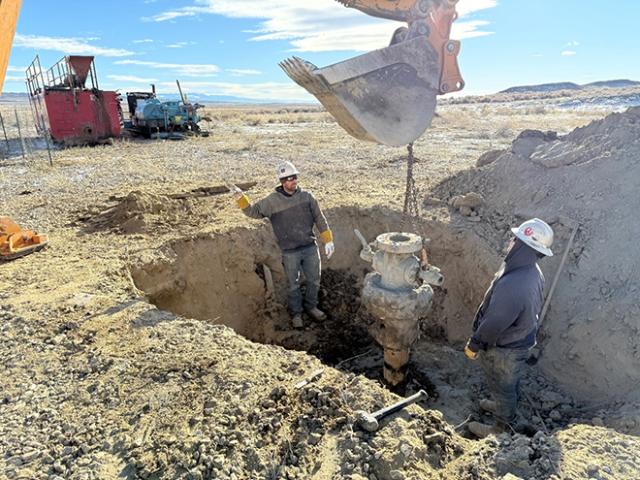Related Stories
- Monument map earns ‘finalist’ honors in global GIS awards
- BLM Fire and National Conservation Lands managers collaborate to meet shared goals
- BLM delivers on administration priorities
- Oklahoma Field Office staff teach Petroleum Engineer Technician course
- Recreation for all: Accessibility on Montana-Dakotas public lands
Office
5001 Southgate Drive
Billings, MT 59101
United States
Phone:
Email:


